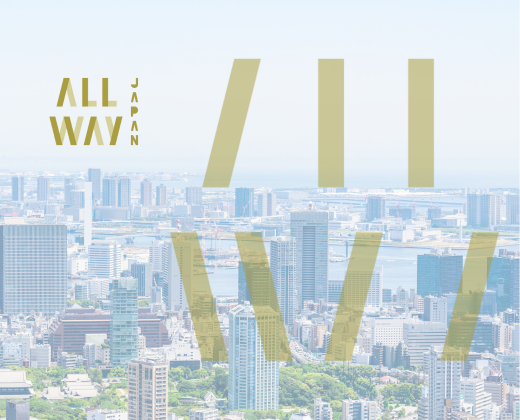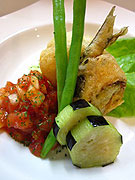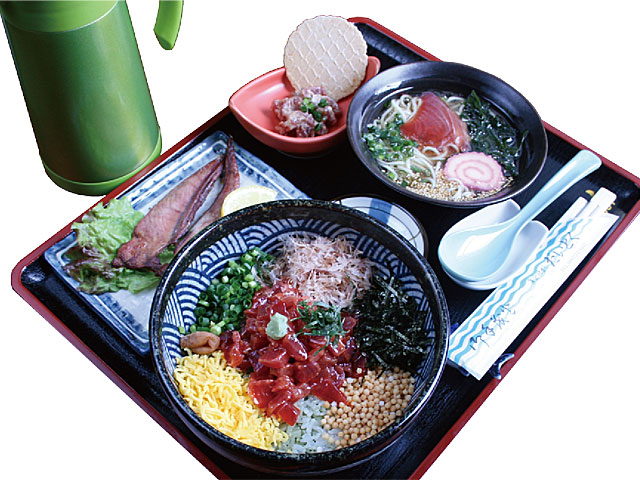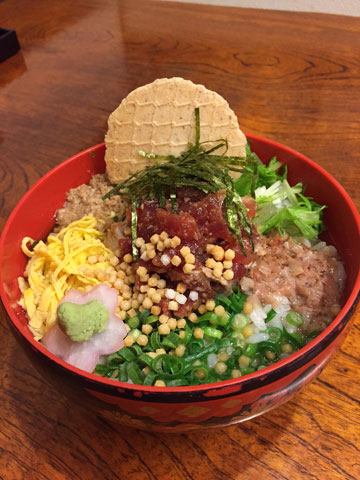Mass Chinese orchid

Tuna ramen 750 yen toppings are tuna puke and Tatsuta fried with a hidden taste of wasabi and sansho. It is based on a Japanese-style soup blended with dashi taken with tuna and homemade soy sauce, and flavored with sesame or leek oil. The bouncy specialty noodles, which are often intertwined in the soup, are also exquisite in taste.






